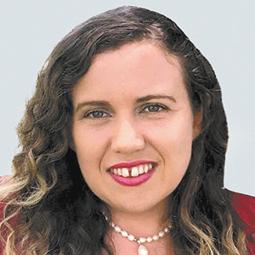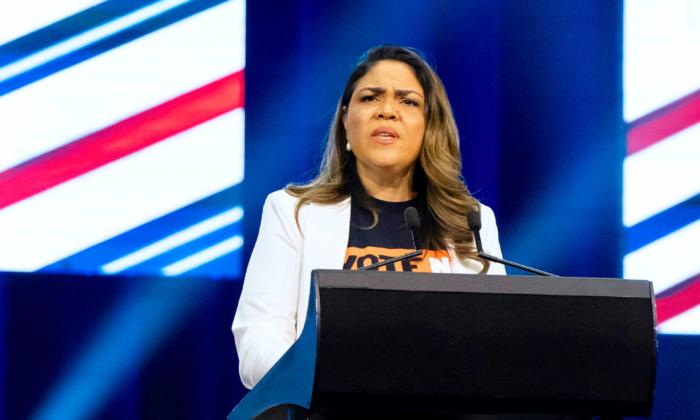New population data from the Australian Bureau of Statistics has revealed the nation’s current state.
The data shows younger people still favour big cities despite population shifts to the regions. At the same time, female numbers overshadow male numbers in all but a few key areas of the nation.
Statistics from 2023, released on Aug. 29, 2024, show that people aged 20 to 44 made up 38 percent of the population of Australia’s capital cities combined.
Outside of the cities, that number falls to 30 percent.
More females live in capital cities, and females outnumber men in Australia, with 98.4 males out of every 100 females.
ABS head of demography Beidar Cho said Darwin had emerged as the youngest capital in the nation.
“Darwin’s median age of 34.6 years was a year younger than the next youngest capital, Canberra. It was also the only capital where males outnumbered females, with 104.7 males for every 100 females,” she said in a statement.
“In contrast, Adelaide had the oldest median age at 39.2 years, followed by Hobart at 38.9 years. Hobart and Adelaide also had the lowest male-to-female ratios of all capitals.”
Younger populations tended to be concentrated for a reason, such as study or training, while older population patches were—as may be expected—dominated by retirees.
“Acton in the ACT, which is home to the Australian National University, had the youngest median age at 20.8 years,” Cho said.
“Meanwhile, Tea Gardens—Hawks Nest on the New South Wales coast had the oldest at 66.2 years.
The Ageing Regions
The findings revealed what many may have already perceived—that older people are more likely to live in regional and seaside areas.Tea Gardens in New South Wales’ Hawks Nest has a median age well over the national average, at 66.2 years, while Queensland’s Bribie Island and Cooloola follow closely at 63.6 years.
Point Lonsdale in Queenscliff, Victoria, ranked just behind at 62.2 years.
The younger regional areas were largely for a reason, such as Duntroon due to the Royal Military College, which had a median age of just 21.8—in nearby Acton, that age goes down to 20.8.
North Clayton and Notting Hill in Victoria have a median age of 24.3 due to the Monash University Campus.
The Northern Peninsula has a median age of 24.5, mainly comprised of Indigenous Australians.
Females also outnumber males in most parts of the country.
Like Wacol, Perth’s Chidlow has a high male ratio due to a correctional centre: 247.5 males per 100 females.
People on the Move
In August, the Regional Australia Institute (RAI) declared that Australia had entered a new era of internal migration.The Regional Movers Index showed that 27 percent more people had moved from cities to regions than in the opposite direction.
“Regional Australia has become the nation’s new frontier. This analysis clearly shows that the population movement we’re seeing is a sustained new trend, higher than pre-COVID migration patterns. The regional Australia we have now is quite different from the regional Australia of five years ago,” RAI CEO Liz Ritchie said.
The data shows despite a seasonal dip in overall movement across the country in the June quarter, the Australian population remains highly mobile, with city-to-regional relocations tracking 16 percent above the pre-COVID average, and regional-to-regional relocations 10 per cent above.







